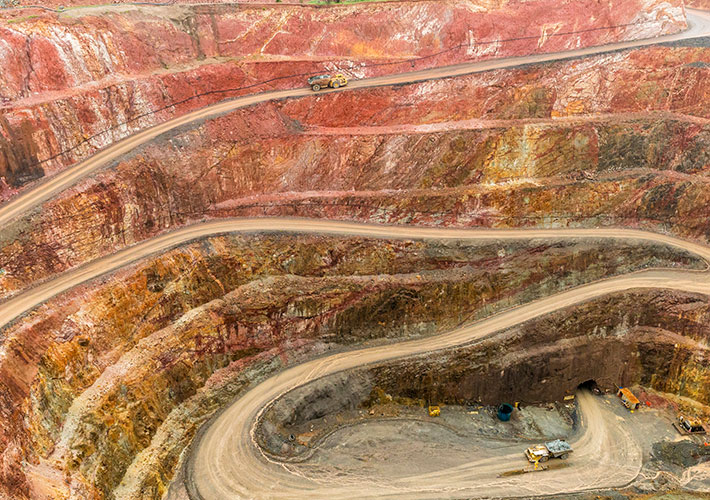
New Practice Helps Analyze Ore, Rock, and Metallurgical Process Waste
A new ASTM International practice could help people who study and manage waste from mined ores as well as waste rock and metallurgical process waste.
The standardized practice uses a process called shake extraction in which water leaches from a dry waste sample overnight. The resulting solution can then be separated and analyzed for characteristics such as pH level, alkalinity, acidity, anions, cations and metals. These results can help estimate the significance of analyte concentrations in potential waste water discharges, which is important when designing and monitoring storage facilities for such ore and waste, according to ASTM International member Charles Bucknam.
Bucknam says that the new standard could be useful to people who study ore and waste, from exploration, mining and processing operations and mine closure and remediation including: metallurgists, geochemists, permit writers, regulators, professors, and consultants. Significance of results may be estimated by comparison with site water discharge limits and drinking water, maximum contaminant levels (MCLs).
The new standard (D8155) was developed by ASTM International committee on waste management (D34). The committee on water (D19) is developing related standards to analyze elements in water. Anyone interested in helping create waste management or other standards in these areas are welcome to join either or both committees.
 SN Home
SN Home Archive
Archive Advertisers
Advertisers Masthead
Masthead RateCard
RateCard Subscribe
Subscribe Email Editor
Email Editor